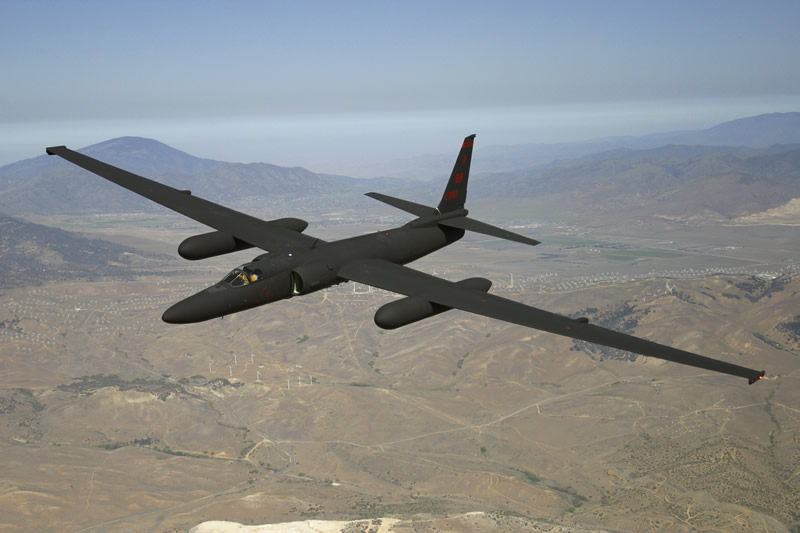
The U-2 Dragon Lady has a reputation as an elusive Skunk Works® spy plane. In 2014, the storied aircraft is making history as the U.S. Air Force’s most capable high-altitude reconnaissance aircraft. With one of the youngest airframes in the Air Force and new technology and system upgrades, the U-2 is poised to continue going above and seeing beyond for decades to come.
Here’s why:
1. Lots of Life Left The average U-2S fleet aircraft has only used about 20 percent of its projected airframe life. That means the average Dragon Lady has almost 60,000 flight hours, 6,644 nine-hour missions or 35 years left on the airframe.

2. Utlitarian Roots The U in U-2 stands for Utility. Today’s U-2s were originally designated as TR-1 for Tactical Reconnaissance in an effort to downplay the Dragon Lady’s spy plane image. Eventually, they returned to their roots and were all redesignated to the U-2 name. Aircraft earned the U-2S designation in the mid-1990s when the fleet was outfitted with General Electric F118-GE-101 turbofan engines. Today, the U.S. Air Force operates 32 U-2 Dragon Ladies: 26 U-2S single seat aircraft, one single-seat flight test aircraft operated from Lockheed Martin’s facility in Palmdale, Calif., and five U-2ST dual-seat trainer aircraft.
3. High Altitudes U-2s climb through all weather to a cruising altitude more than 70,000 feet – about a half marathon or 13 miles above the Earth. At this height, the Dragon Lady can look deep into adversary territory without being seen. Pilots also experience some pretty spectacular views.

4. The Weight Advantage At more than 70,000 feet, weight matters. With an impressive 5,000-pound payload of advanced sensors and mission equipment, the Dragon Lady still climbs to high altitudes quickly. It takes about 20 minutes to get to 50,000 feet, and the U-2 can climb to 65,000 feet within just an hour of takeoff. This gets pilots into safe airspace quickly to perform reconnaissance missions.

5. Keeping Current In the past 10 years, the Dragon Lady has had some serious upgrades thanks to an open architecture. New electro-optical/infrared sensors feed into a sleeker glass cockpit to present more precise information in a more pilot-friendly manner. To help the pilots on endurance missions, Lockheed Martin maintenance crews also completed the Cabin Altitude Reduction Effort (CARE) in 2013. CARE allowed the U-2 to maintain increased cockpit pressure at high altitudes to reduce strain on the pilot.http://www.lockheedmartin.com/
No comments:
Post a Comment